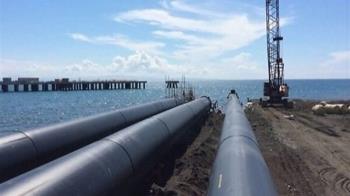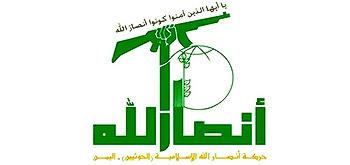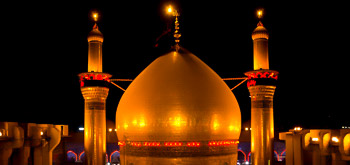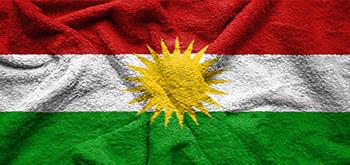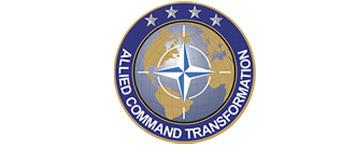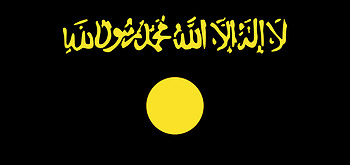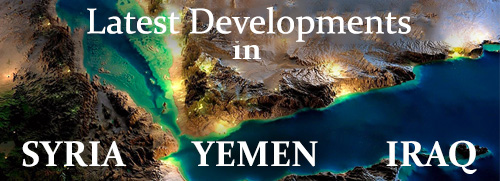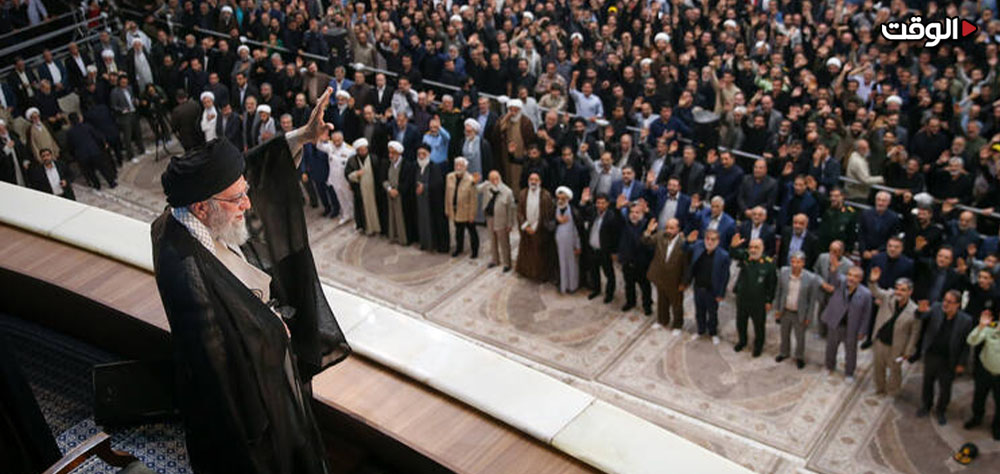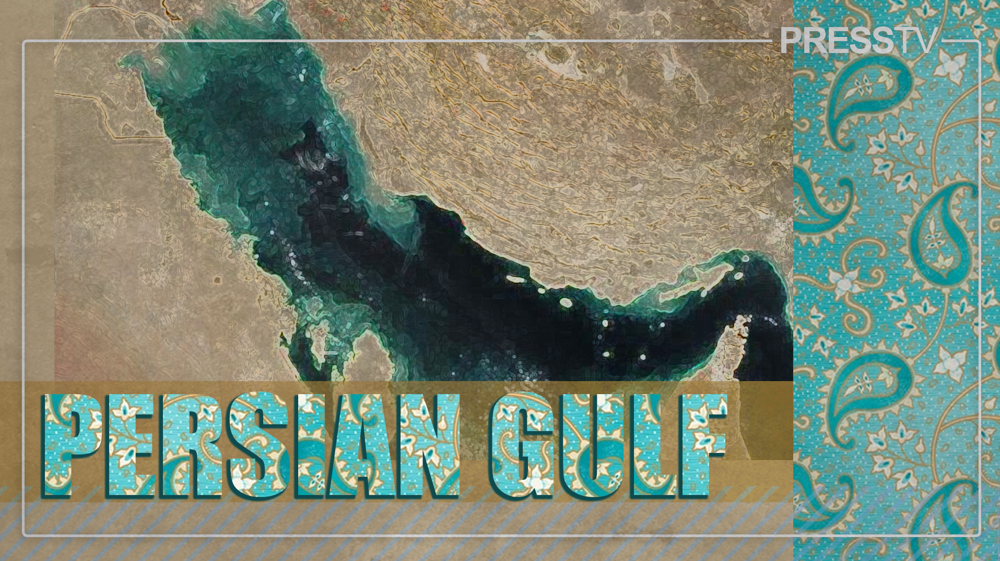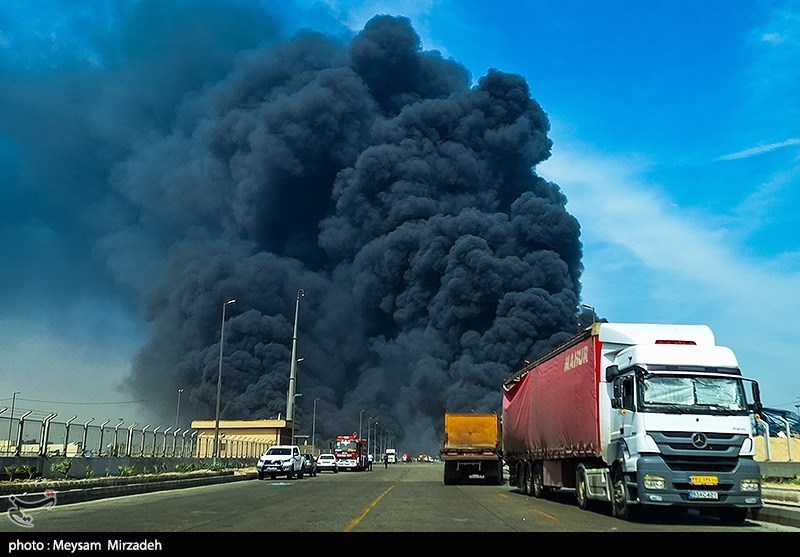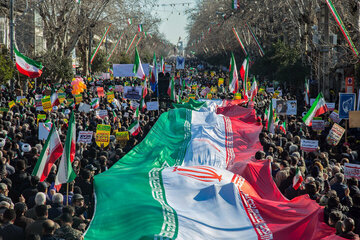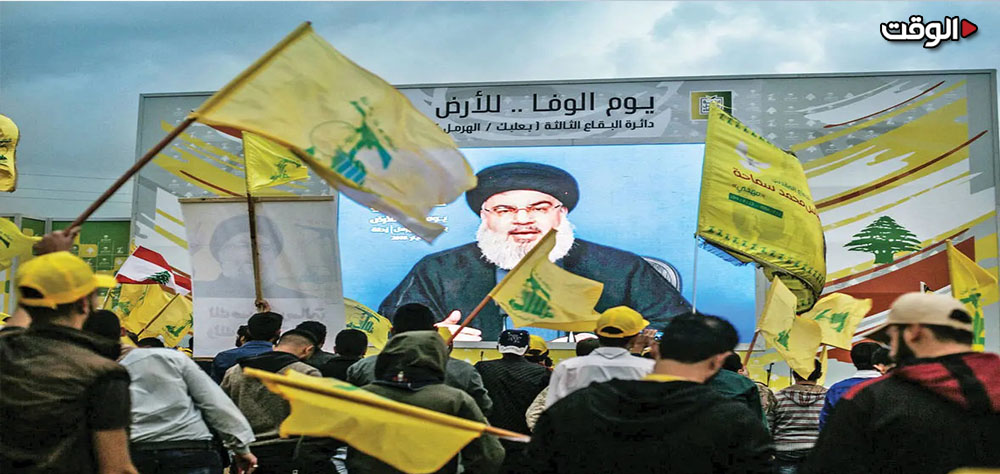Alwaght- Over the past months, Gaza crisis has not only become one of the most complicated cases of international security, but also a scene for geopolitical confrontation of the great powers.
Having been standing by the Israeli regime since the beginning of Gaza war, the US now is working to draw a comprehensive roadmap to the "ceasefire, security arrangements, and the future of Gaza administration" through a extensive, multi-layer resolution presented to the UN Security Council. The draft resolution has not only met the Russian and Chinese opposition, but also even saw some Arab countries casting doubt on part of its executive mechanism.
While Washington in two weeks has presented three altered draft resolutions to the UNSC members, behind-the-doors talks with Moscow and Beijing have reportedly run into a stalemate and Russia by presenting an independent plan has practically shown the clear gap between the powers.
Meanwhile, Israeli reports revealing Washington's push to build a $500 million military base near the Gaza border and station thousands of American troops have raised serious questions about the true objective of the US in managing Gaza's future.
Analyzing this diplomatic contest requires looking beyond the verbal sparring at the Security Council. It demands an examination of the broader US strategic goal: a multi-layered project for Gaza. This project extends far beyond securing a ceasefire or ending hostilities; it is an ambitious endeavor to reshape Gaza's security, political, economic, and even cultural future. Based on an analysis of published data and Washington's stated positions, four primary objectives can be identified.
1. Permanent ensuring of the Israeli security and strategic red lines
The first, and perhaps the most important, aim of Washington behind entering Gaza case is ensuring all the Israeli security and strategic red lines.
Israelis strongly oppose the formation of an international force, similar to UNIFIL, on their border with Gaza. Tel Aviv's experience with UNIFIL forces in Lebanon following the 2006 war left a bitter aftertaste. While the force did not physically prevent Israeli military incursions into Lebanon, it created significant international scrutiny and was instrumental in the regime's legal condemnations for violating UN Security Council resolutions on border security with Lebanon.
Successive Israeli governments have repeatedly stated over the past 18 years that UNIFIL has restricted the Israeli army's freedom of movement along the northern border. From their perspective, the international mission in Lebanon has become a constraint on the Israeli army's operational freedom. This precedent has made the Israeli regime highly sensitive to the deployment of any similar force in Gaza. This sensitivity is particularly acute given that, within the regime's long-term expansionist objectives, the Gaza file is defined as part of a project for gradual settlement.
Furthermore, the Israeli regime worries that any international structure could become an obstacle to:
1. Conducting periodic military operations inside Gaza.
2. Maintaining full control over the Rafah border crossing.
3. Dominating the Philadelphi Corridor.
4. Managing the blockade and the flow of goods.
5. Potential plans for the forced relocation of Gaza's population.
The Americans are well aware of this sensitivity and they have designed the "Peace Council" and the "International Stabilizing Force" in a way so that they not only pose no disruption to the Israeli occupation, but also establish new infrastructure ensuring Israeli security.
The various American draft proposals stipulate that this force must first and foremost operate under US command, coordinate with the Israeli military and Egypt, and have the "disarmament of resistance groups" as its primary mission. Furthermore, any Israeli troop withdrawal from Gaza would be conditioned on "progress in stabilizing security."
This clause effectively grants Washington and Tel Aviv unilateral control over the withdrawal process, as "security progress" is a fluid and highly subjective benchmark.
By designing an international force under its own leadership, the Americans are attempting to directly address Israel's core concerns. This very point is the root of opposition from Russia and China, who argue that the US is creating a quasi-NATO force for Gaza, relegating the UN to a merely ceremonial role. This fundamental disagreement, between the Russian plan emphasizing a robust UN mandate and the U.S. draft, is a central point of contention.
So, on this front, Washington's objective appears to be the permanent preservation of Israel's operational freedom, ensuring that no binding legal framework or independent international force, like a UNIFIL-style one, can obstruct Tel Aviv's future security plans for Gaza.
2. Preparing the ground for Trump's "Riviera" plan in Gaza
The second American goal in Gaza is less public but more important: Gaza economy
In the eyes of the strategists close to Trump, Gaza is not only a security crisis but also is an enormous economic opportunity. In his various speeches, the US president described Gaza a region of high capacity for property development, tourism, construction, and port and energy projects; a Mediterranean coastal region with extraordinary economic prospect that can be turned into a lucrative project should it be controlled in terms of security.
The third version of the US draft proposal, which includes a 20-clause annex based on the "Trump comprehensive plan" reveals the extent to which this economic vision drives Washington's decisions. The planned US military presence in Gaza, which is now corroborated by reports of a designed $500 million base on its border, is precisely the prerequisite for opening the door to American corporate involvement in future projects.
Washington's strategy is clear: it aims to:
1. Establish security control over Gaza to create a safe environment for investment.
2. Align Gaza's future governing institutions with American economic structures.
3. Integrate Gaza's offshore gas projects into its own energy and investment portfolio.
4. Transform Gaza into a zone for construction projects, hotel development, and free-trade port zones.
5. Ultimately, usher in corporations and holding companies with ties to Trump and Republican circles.
This approach stems from a simpler idea: the new Gaza must be a "market," not a "zone of resistance." The most effective way to eradicate resistance in Gaza is to influence public opinion, particularly among children who view martyrs and resistance leaders as heroes. Achieving this is impossible without a military presence, the disarmament of resistance groups, and the engineering of a new security architecture.
Therefore, the economic doctrine of Trump and influential American financial elites is intrinsically linked to the Israeli regime's security doctrine which suggests security enables investment, and investment is leveraged to fundamentally alter Gaza's identity.
3. Gaza case significance in reviving the US-favored regional order and rebuilding the US global position
Gaza war has unprecedentedly weakened the US international position. Actually, Washington sustained damage at several levels:
1. It failed to check Yemen's attacks in the Red Sea and practically left the initiative to Ansarullah resistance movement.
2. It was actionless to the Iranian missile attack on Al-Udaid air base in Qatar as it's biggest regional base. This attack sent a clear message about decline if the US deterrence.
3. The US clearly failed several times to provide an umbrella to to Israel against missiles and drones fired by resistance groups.
4. And most importantly, it failed to ensure Israeli military victory.
Faced with this reality, the US is striving to manage the end of the war through a distinctly American-led project, aiming to prevent the Gaza conflict from becoming a symbol of its declining hegemony. From Washington's perspective, if the war concludes according to a US plan, under US oversight, with a US military presence, and by cementing a security structure favorable to Israel, Washington can claim it remains the primary determining power in West Asia.
Furthermore, the future of Gaza is a critical linchpin for Washington's broader agenda: the expansion of the Abraham Accords and the region's integration into a US-led economic and security order. Without control over the Gaza case, no plan for a wider normalization between the Arab world and Israel is feasible.
So, the US is attempting to transform the Gaza case into a political victory for itself. The objective is to activate the path for new normalization deals, weaken the Axis of Resistance, and solidify Tel Aviv's position as the anchor of a new regional order.
In this context, as Trump's high-profile Sharm El-Sheikh summit demonstrated, Gaza could become the pathway for US return to a position of regional leadership.
4. Assimilating Gaza structurally, culturally, and socially as a means of eradicating the resistance
The last and perhaps the most obscure goal of the US behind involvement in Gaza case is social and cultural engineering of Gaza. This is an objective Washington thinks is as important as security measures to uproot resistance.
Americans think that even if Hamas and other resistance groups are disarmed, the underlying factors that produce resistance within the society will persist. Washington's calculus suggests that eradicating these factors requires a fundamental overhaul: the education system must be altered, religious and social institutions rebuilt, and governance transferred from popular local structures to a technocratic, dependent administration, aid networks replace the social support systems run by resistance groups, and ultimately a new generation with a different identity and set of values be fostered.
This is precisely what strategists close to Trump term the "assimilation of Gaza." In this design, the proposed "Peace Council" and international force would be tasked with a mandate that extends far beyond mere security, effectively assigning them the role of "social re-engineers" for Gaza society.
In the eyes of Washington, without structural and cultural assimilation, any ceasefire or security control will be short-term and can reproduce resistance groups after several years. So, the US tries to redesign Gaza future not only militarily but also politically and socially.


